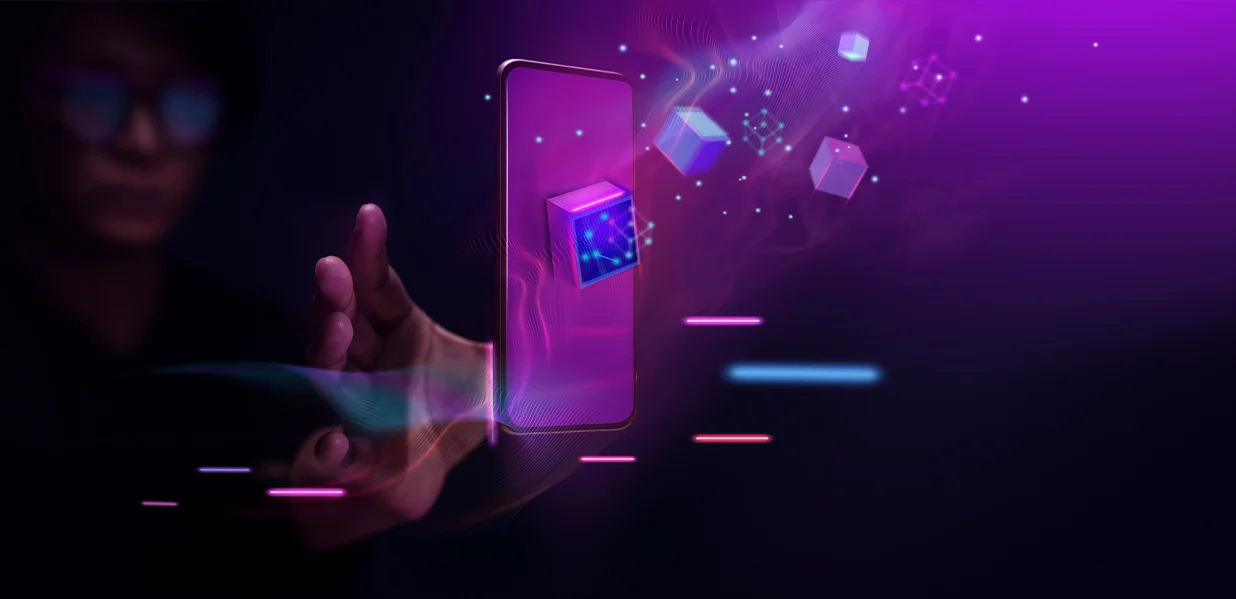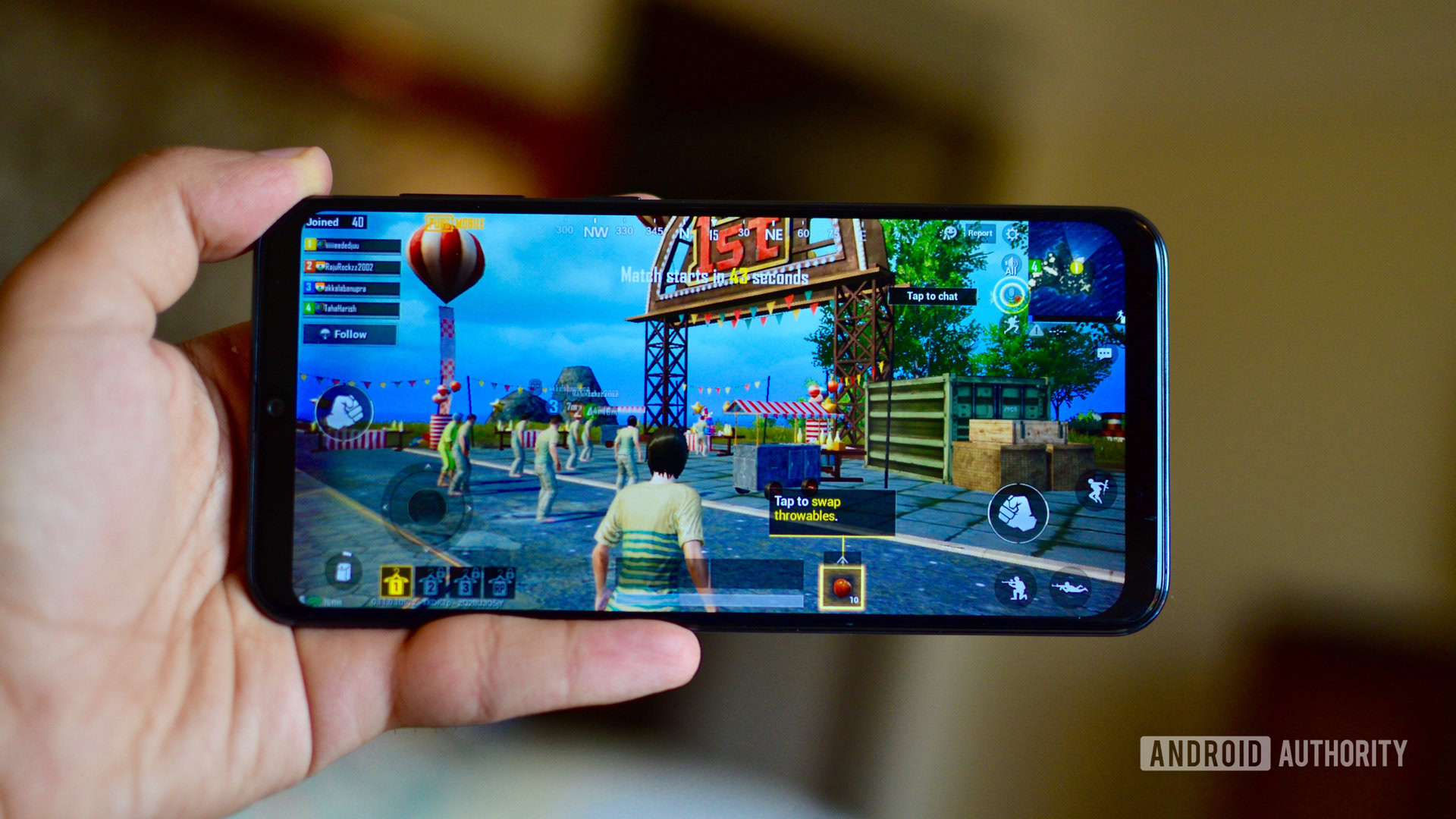
Click here to read the full article.
If you’ve decided make a real effort to improve your health, it makes sense to start by dieting and exercising. Being conscious of what you’re eating, and staying active while you’re awake is important, but it’s easy to overlook the importance of sleep.
The CDC (Centers for Disease Control) recommends adults between 18 and 60 years old get at least seven hours of sleep per night. The organization says getting less sleep than that can increase your risk of obesity, type 2 diabetes, high blood pressure, heart disease, stroke, poor mental health and lifespan.
More from Rolling Stone
While the long-term effects of shorting yourself on sleep can catch up to you over time, missing just one night can have immediate consequences too. The CDC cites a report from the National Highway Traffic Safety Administration that said driving drowsy (defined as a “dangerous combination of driving and sleepiness or fatigue“) caused more than 72,000 crashes in 2013.
The bottom line is that sleep is important, but if you haven’t taken it seriously until now, it can be frustrating to know where to start. Tracking your sleep used to require staying overnight for observation (still the best way to get hyper accurate data, and to check for diseases like sleep apnea), or estimating when you went to sleep. The middle ground is to get a sleep tracker, which keeps track of how long you’ve slept, and keeps a record of it that you can review in the morning.
In many cases, sleep tracking technology has been built into popular fitness trackers and smartwatches, which you can use to monitor other aspects of your health. These trackers must be worn all night long, but are pretty thin and light, so they shouldn’t cause you much discomfort. If you don’t like the idea of wearing something to bed, there are sleep tracking mats, which fit underneath your mattress.
All sleep tracking tech uses information like your heartbeat and body movement to determine not only when you go to sleep and wake up, but the quality of your sleep. If you wake up tired after a “full night of sleep,” you’ll be able to tell if you were restless all night. If you discover that you move around a lot during certain hours of the night, and can’t figure out why, you can take that information to a doctor. Sleep tracking can also help you discover whether it’s time to get a new mattress or bedding to improve your comfort.
Following basic advice like limiting your screen time before bed and reducing the amount of coffee you consume may help you get to sleep, but the trackers below can help determine whether you’re getting enough.
1. Garmin Vivosmart 4

Garmin’s Vivosmart 4 is a fitness band that also has sophisticated sleep tracking features. It fits around your wrist, and has advanced sensors that can track your motion accurately enough to determine how long you were in light, deep, or REM (Rapid Eye Motion) sleep. The Vivosmart 4 also has a Pulse Oxygen sensor, which Vivosmart says can gauge the rate at which your body is absorbing oxygen.
All of this data is collected in the Garmin Connect app (iOS and Android), which you can easily check when you wake up. The total amount of sleep you got, along with a breakdown of how long you spent in each stage of sleep, is shown on a pie chart. A bar graph shows when you were in each cycle, and whether your sleep was interrupted. Garmin says the Vivosmart 4’s battery can last up to seven days without sleep or blood oxygen tracking, so you should expect to plug it in every few days.
Although its sleep tracking is very sophisticated, the Vivosmart 4 can track several other pieces of data, including how many calories you’ve burned, how many flights of stairs you’ve climbed, and your heart rate. It can automatically determine which type of exercise you’re doing (even if it’s on certain workout equipment) to accurately record your calorie burn rate.
If you’d like to track all aspects of your health along with your sleep, and don’t want a lot of frills, you should consider Garmin’s Vivofit 4.
2. Apple Watch Series 5
Apple’s official Sleep app for the Apple Watch won’t launch until this fall, but I’ve been using mine to track my sleep through a third-party app called Sleep++ on and off for months.
Like Garmin’s Vivofit, the Apple Watch can track your sleep by monitoring your motion along with data from its heart rate sensor. Sleep++ will prompt you to allow it to automatically track your sleep at night, so all you have to do is wear your Apple Watch to bed for the information to be recorded. You can view your night’s sleep in the Sleep++ app on iOS, where it’s presented as a bar graph.
You can see how long you’ve slept, how much restful sleep you’ve gotten, and how much restless sleep you’ve gotten. The app will also tell you when you got your “best sleep” for the night (longest streak of restful sleep). Once you’ve used it for a while, Sleep++ can give you deeper insights into your sleep habits, including how long you sleep on average (six and a half hours for me), and your average sleep for every day of the week. I tend to get around seven and a half hours on the weekends, but closer to six on weekdays. You’ll also get a breakdown of your typical sleep and wake times for each day of the week.
While we’re recommending the Apple Watch Series 5, which is the current model, and the first to feature an always-on screen, Sleep++ can be installed on older models. Keep in mind that the Apple Watch can only been connected to an iPhone, and gets about one day’s worth of battery life.
Beyond sleep tracking, the Apple Watch can monitor how many calories you’ve burned, how many minutes you’ve been active (based on your movement and heart rate), and whether you’ve stood for at least once per hour. These three data points are presented as rings, which you can fill every day. If you fill them in enough times, you’ll earn a streak, which may encourage you to be active for longer periods of time. The Apple Watch can also detect when you’ve fallen, and send an alert to a specified contact if you don’t respond within 30 seconds.
There are plenty of non-health related features that make the Apple Watch a great pick: the ability to access Siri, receive and send messages, and download third-party apps to expand its functionality are three of the big ones. But, if you want all of those features and would like to track your sleep and general health, the Apple Watch Series 5 is the right choice.
3. Withings Sleep Tracking Pad
If you’d like to track your sleep, but feel uncomfortable having to wear something to bed every night, Withing’s Sleep Tracking Pad is a great option.
I was able to test this gadget out a couple of years ago, and found it really easy to set up and use. To get an accurate reading, you need to slide the Sleep Tracking Pad under your side of the mattress, and plug it into the wall. The rest of the setup process, which includes connecting it to your WiFi network, takes place in the Withings Health app on iOS and Android.
Once it’s set up, Withing’s Sleep Tracking Pad is basically invisible. When you go to sleep, sensors in the pad can detect your heart rate and movement, which it uses to determine whether you’re asleep, and the state of sleep you’re in (light, deep, or REM). When you wake up, the data is synced to Withing’s severs over WiFi, and accessible on your phone.
You’ll be able to see a bar graph on top of the app that shows you when you went to sleep, woke up, how long you’ve slept, and which stages of sleep you were in throughout the night. You’ll earn a “sleep score” based on how long you slept, how long it took you to fall asleep, how long it took you to get out of bed, and how many times you were interrupted. Keeping track of a single score every single day is a way to determine the quality of your sleep at a glance, but the more granular data is worth digging into when you have the time.
In addition to sleep tracking, Withing’s Sleep Tracking Pad can be a trigger in the smart-home service IFTTT (If This Than That). If you have other compatible devices, like the Nest Thermostat or Philips Hue bulbs, you can trigger them to turn off or on when you get into bed, go to sleep, wake up, or get out of bed. These advanced features are not necessary for the Sleep Tracking Pad to track your sleep, but they’re fun to mess around with if you have the time.
Withing’s Sleep Tracking Pad can give you an accurate impression of your sleep without giving away that you’re tracking it. If you want a subtle, automatic sleep tracking gadget that doesn’t have batteries, and won’t need to live on your wrist, this is it.
See where your favorite artists and songs rank on the Rolling Stone Charts.
Sign up for Rolling Stone’s Newsletter. For the latest news, follow us on Facebook, Twitter, and Instagram.







